I have worked with both for-profit companies and nonprofits, and I've seen firsthand the power of strategic marketing to create real impact. Nonprofits often struggle with getting their message out there and attracting donors or volunteers. But with the right marketing approach, they can spread awareness, raise more money, and further their cause.
In this post, I'll share my top nonprofit marketing tips - specific, practical strategies to help nonprofits, both large and small, make the most considerable difference possible.

Clarifying Your Mission and Messaging
Before developing any marketing materials or campaigns, nonprofits must crystallize their core mission, messaging, and audience.
- What specific issue does your nonprofit address?
- Who does it aim to help?
- What key messages will resonate most with your target donors or volunteers?
Getting crystal clear on these points is crucial. Some questions to ask:
- What makes your nonprofit unique? What's your “why”?
- What problem are you working to solve?
- Who needs your help the most? Which groups will be most compelled by your cause?
- What beliefs or values do your ideal supporters have? How can you align your messaging with those existing beliefs?
For example, a nonprofit providing job training for homeless youth could clarify its messaging like:
Our mission is to empower homeless youth aged 16-24 in City X with job skills training and career mentoring, to help them gain stability and exit homelessness. We believe that all young people deserve safety, purpose, and a fair shot at success no matter their circumstances. Our programs provide targeted training and support to youth who often fall through society's cracks.
This tightly defines their “why”, cause, target audience, beliefs, and programs. This clarity then informs all their marketing.

Segmenting and Researching Your Target Audiences
Rather than viewing supporters as one homogenous group, nonprofits should identify and understand different segments within their target audience.

Some examples:
- Donors
- Large “cornerstone” donors
- Mid-level donors
- Grassroots donors
- Volunteers
- Skilled professionals providing consulting/expertise
- Volunteers supporting daily operations and programs
- Groups/companies volunteering for specific events
- Referral Partners
- Schools/teachers
- Social workers
- Homeless shelters

Brainstorm all potential segments, then prioritize 1-3 core groups to focus your marketing on, based on:
- Size of segment
- Ability to donate/volunteer
- Passion for your cause
Then deeply research what matters to each target group:
- What motivates them?
- What messaging/stories will they best respond to?
- Where/how can you best reach them?
These insights allow you to craft targeted marketing campaigns, specialized for each audience.
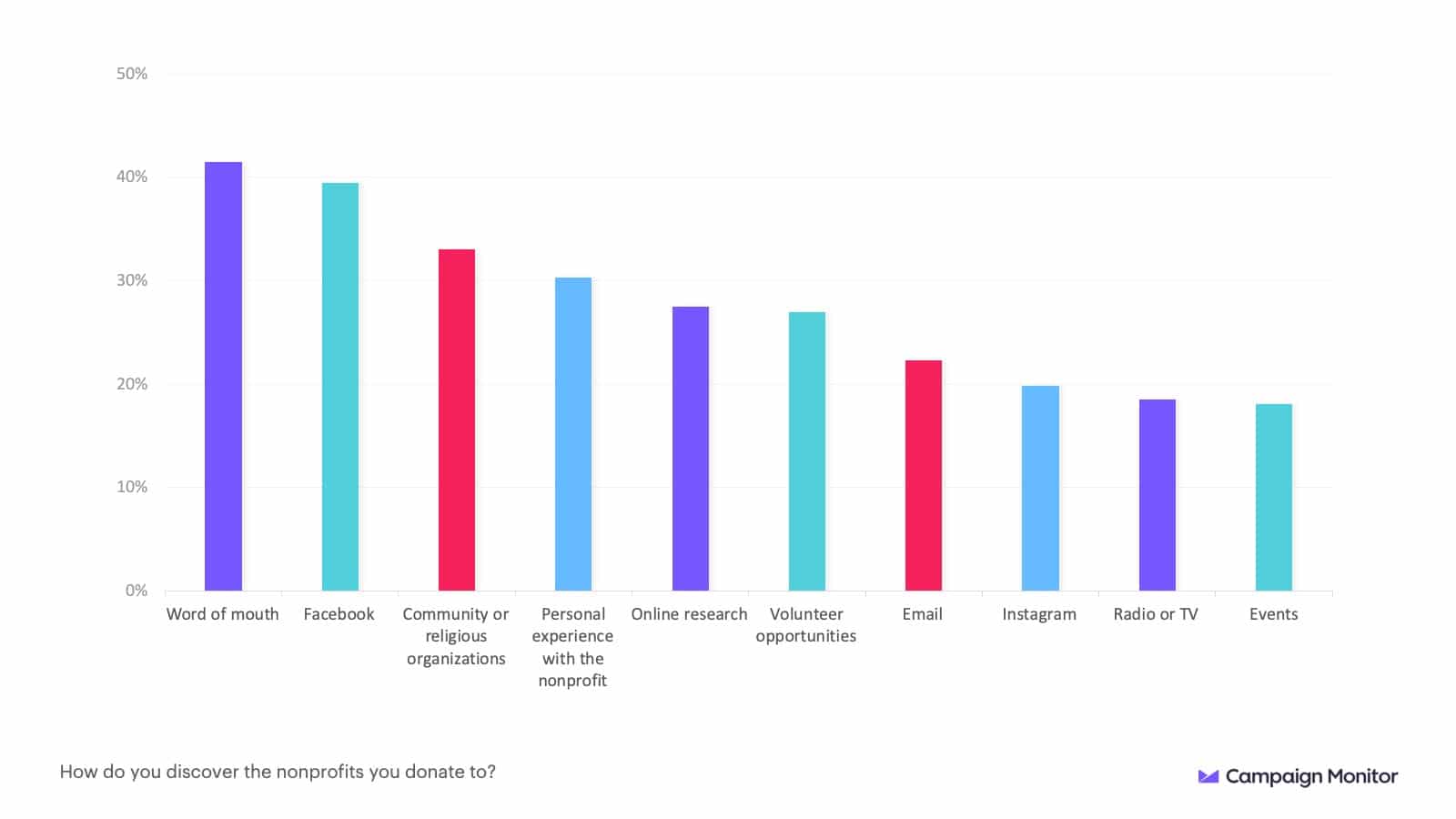
For example, a large nonprofit could have marketing campaigns focused specifically on:
- Mid-level donors aged 40-60 concerned about education equality
- Corporate volunteer groups interested in meaningful team building activities
- University student groups passionate about child literacy
The messaging and outreach channels would vary significantly for each group based on the research.

Expanding Your Outreach Channels and Networks
Too often, cash-strapped nonprofits focus most of their outreach on fundraising events, donation asks, and their website/email lists alone.
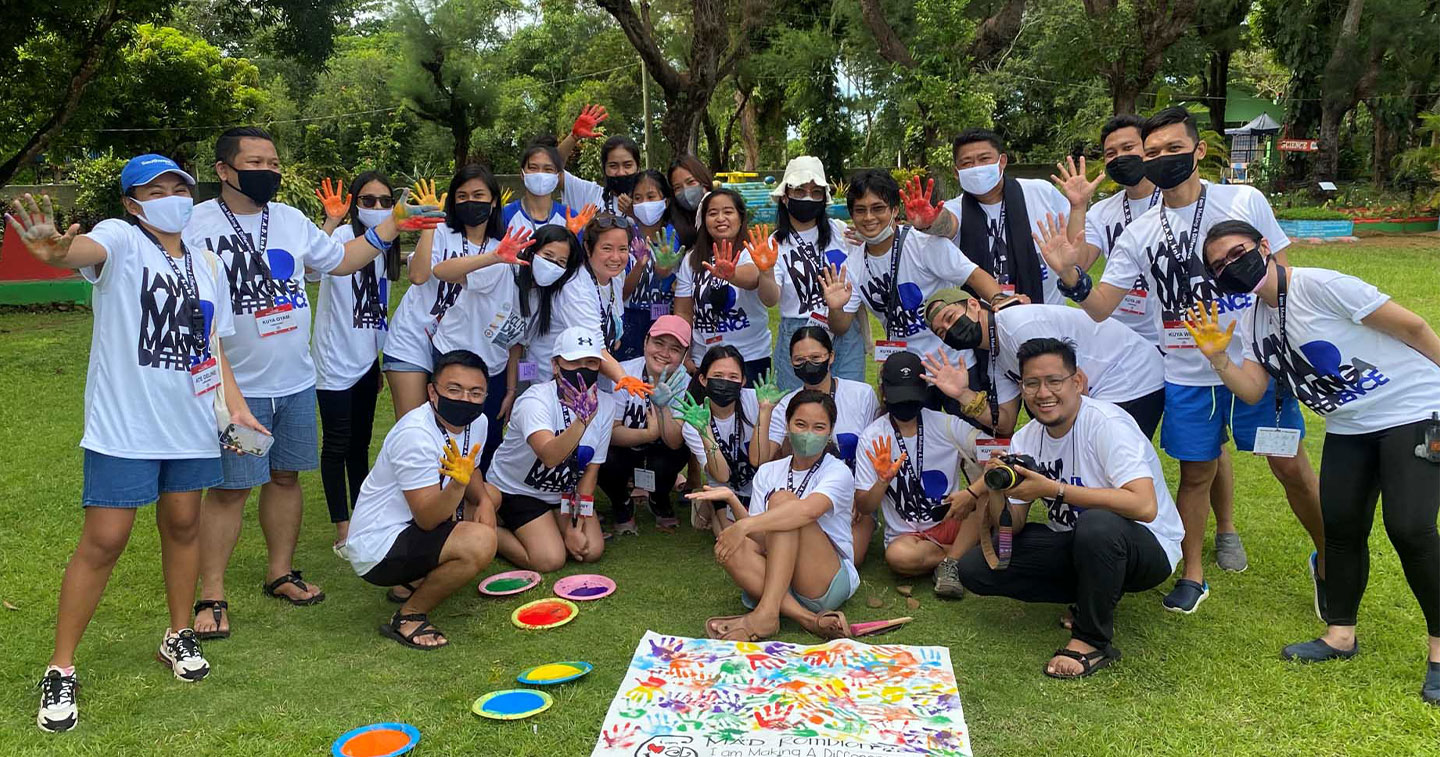
But to grow your mission and impact, you must expand your channels. This leverages your existing content, messaging, and brand assets across a wider network.
Some inexpensive but powerful options include:
| Channel | Details |
|---|---|
| Social Media | Develop an engaged following on relevant social platforms. Start with 1-2 priority platforms rather than spreading yourself too thin trying to master them all. |
| Public Relations | Pitch your cause, events, programs, etc to local media contacts. Aim for features rather than pay for ads. Partner with a PR agency if possible. |
| Community Events | Set up a booth, hang flyers, speak, or find other organic ways to interact face-to-face with your local community. Prioritize groups aligned with your cause. |
| Referral Networks | Nurture partnerships with schools, companies, other nonprofits and any group that can refer potential volunteers or donors to you. |
| Speaking Engagements | Have leaders speak for free at relevant local conferences, panels, town halls. Great way to share your message with new audiences. |
| Content Marketing | Share stories, videos, reports etc highlighting the impact of your programs. Distribute across website, email, social media, pitch to publishers. |
This multichannel approach ensures you spread your message far beyond existing supporters. With some persistence and creativity, small nonprofits can make these high-impact channels work for almost no cost. Larger nonprofits have even greater opportunity to scale their reach.
Always track engagement for each channel and double down on those bringing the best results over time.
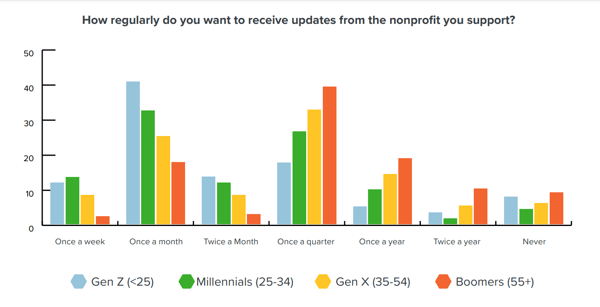
Crafting Compelling Creative Content

At the heart of all effective nonprofit marketing is compelling creative content: stories, images, videos, and campaigns bringing your mission to life.
Rather than focusing exclusively on fundraising asks:
- Inspire and educate - Share the hope, change, and real human impact created through your programs
- Entertain and connect - Show the personalities, passion, and relationships behind your nonprofit through authentic clips (e.g., live recordings, staff/volunteer interviews etc.)
- Motivate calls to action - Provide clear and varied ways supporters can get involved with minimal effort (smaller $ donations, signing petitions, sharing on social media etc.)
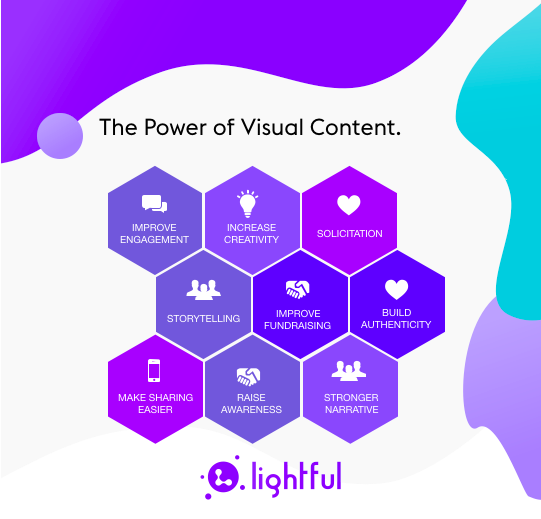
Work closely with your programs team to identify emotional stories and quantify impact with real metrics like:
- Lives improved
- People housed/fed/educated
- Increase in job placements or wage growth
- Subject matter skill gains
- Reductions in recidivism
For example, an arts education nonprofit could produce engaging social media videos highlighting student artists they sponsor discussing:
- Their hopes, dreams, and talents
- How arts education empowers and inspires them
- Key program milestones like art displays, performances, competitions won
This showcases the human impact vs. asking directly for money. But calls to donate or volunteer can be incorporated at natural points.
Impactful creative content keeps your mission top of mind, showing real humans your programs help. This indirectly motivates ongoing support.

Optimizing Your Website
Your nonprofit website is often the first touchpoint between potential new supporters and your organization.
Is your website conveying the power of your cause quickly and clearly enough?
Site visitors decide very fast whether your nonprofit seems worth their time and support. Make sure users can easily:
- Understand - Your mission, goals, how you help and who specifically benefits
- Connect - The why and human impact behind your nonprofit through stories and photos
- Act - Clear calls-to-action to donate, volunteer, share, sign up for events etc
Keep the language clear, simple and consistent with campaigns. Use emotion-evoking visuals and multimedia often.
Website Optimization Recommendations
| Objective | Action | Expected Impact | Difficulty | Timeline |
|---|---|---|---|---|
| Increase donation conversions | Reduce steps in checkout flow | 20%+ increase in revenue per visitor | Low | 1 month |
| Drive newsletter signups | Use popups and highlight benefits | 15% lift in email acquisition | Medium | 1-2 months |
| Engage new visitors | Add more multimedia content | Higher time on site, lower bounce rates | High | 3-4 months |
Optimize pages and navigation for key tasks like:
- Exploring programs
- Donating
- Volunteering
- Event sign-ups
- Peer-to-peer fundraising
Remove any friction in these user flows.
Enable easy repeat donations with a user account system.
Finally, promote website engagement segments like new vs. repeat visitors, high-time-on-site users, email list sign-ups and their characteristics to your marketing team. These insights help further target content and offers.
Your website experience shapes first impressions - ensure users immediately see your value and how to engage.
Tracking Marketing Campaign Performance
To sustain long-term growth, all nonprofit marketers must track performance indicators over time, tuning activities based on impact.
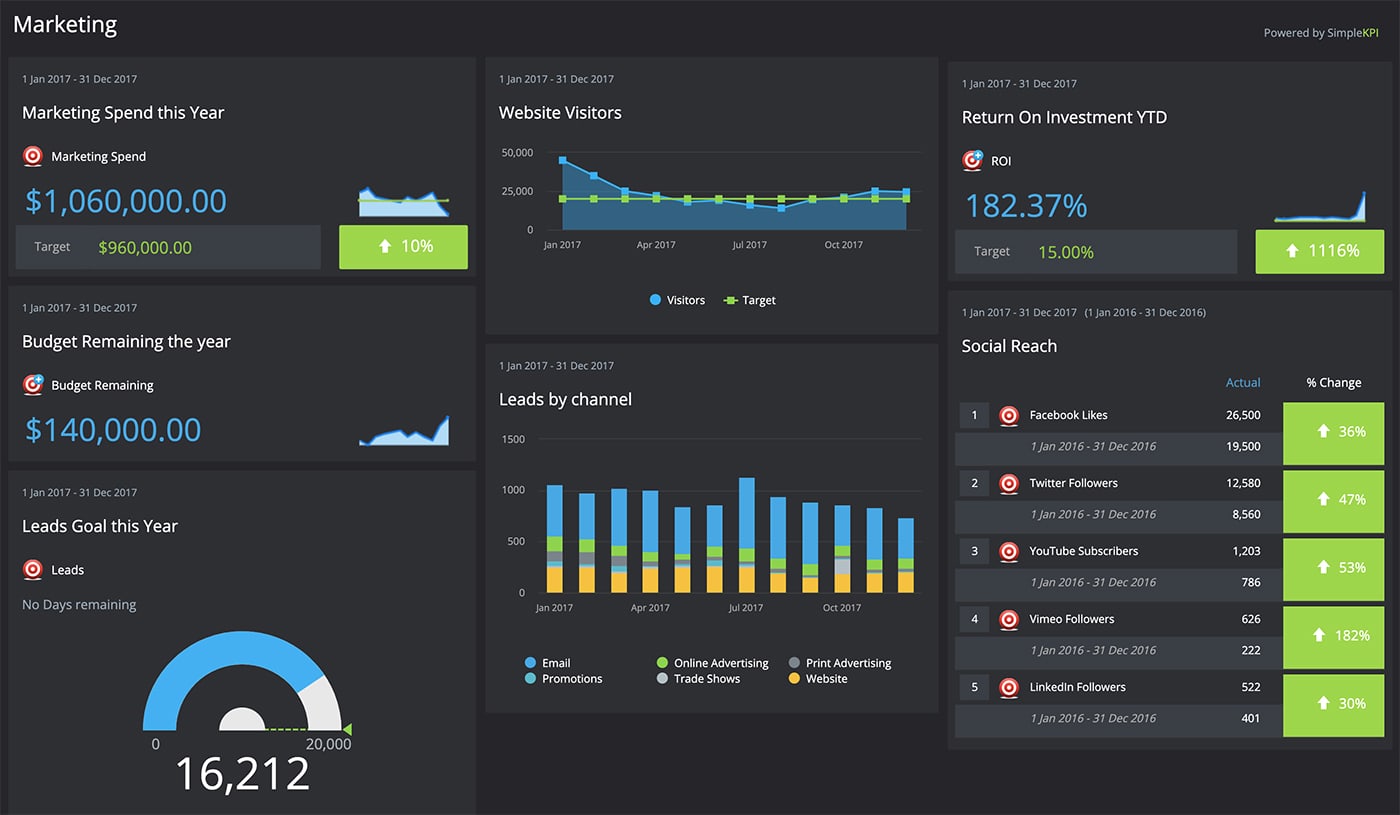
- Which messaging and content achieves the strongest response per audience?
- Which outreach channels and campaigns provide the best return on time and money invested?
- Which users go on to become repeat, higher lifetime value donors?
Leverage free analytics platforms to connect marketing and fundraising data:
- Web analytics for traffic sources, conversions by campaign, email, and social metrics
- CRM data on constituent giving history
- Volunteer coordination and event management systems
With unified data, regularly analyze metrics like:
- New donor acquisition by source
- Average first vs. repeat donation size
- Email click through and conversion rate per campaign theme
- Social content engagement rate
- Volunteer hours contributed
Feed insights back to optimize your marketing strategy and operations.
Partnering with Marketing Experts
For lean nonprofits focused purely on delivering programs with minimal internal marketing staff, partnering with a skilled marketing agency can make a world of difference.
The right agency becomes an extension of your team, providing strategic direction plus producing creative campaigns and content that inspire action.
Look for agencies experienced specifically in the nonprofit space with capabilities in:
- Researching target audiences and segments
- Clarifying positioning and messaging
- Content strategy, design, and production
- Social media and digital advertising best practices
- Integrating multimedia content across channels
- Optimizing website experiences
- Setting up tracking and analytics for ongoing optimization
A great agency not only provides extra hands for tactical activities, but also the expertise to maximize marketing return-on-investment for nonprofits small and large.
Making An Impact With Nonprofit Marketing
As nonprofit budgets stay lean, effective marketing through the creative tactics here allow your mission to spread further and motivate change.
- Clarify your core messaging and audience segments
- Research motivations and media behaviors per target group
- Diversify your outreach toolkit beyond the usual channels
- Craft inspiring creative content anchored in real human stories
- Reduce friction across key website user flows
- Rigorously connect data dots to optimize efforts
Then track, analyze and keep enhancing your marketing machine.
With time, creativity, and analytics on your side, your nonprofit can capture hearts, minds and ongoing support - creating meaningful impact in your community and the world.
What marketing tactics have you found most effective? What challenges has your nonprofit faced attracting donors, volunteers or community awareness? I welcome any questions in the comments below!






